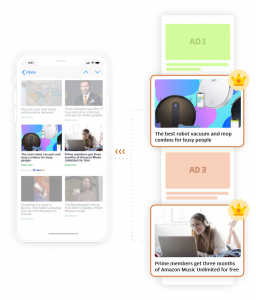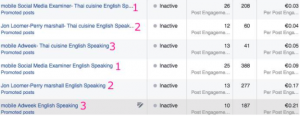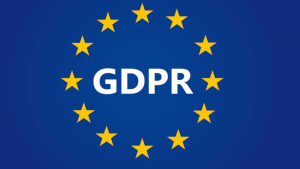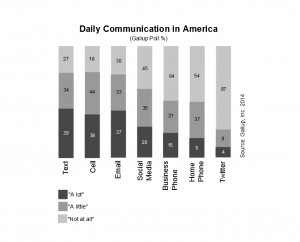— July 12, 2019
Social Media Marketing: Trends and Opportunities
As with all marketing channels, social media is continually evolving. Since it was first introduced, it is continuing to grow, providing tremendous opportunities for brands to reach their customer base.
Before diving into social media today, did you know that the first recognizable social media site, Six Degrees, was created in 1997? It enabled users to upload a profile and make friends with other users. In 1999, the first blogging sites became popular and social media took off from there with sites like MySpace and LinkedIn gaining in popularity in the early 2000s. By 2006, Facebook and Twitter both became available to users throughout the world and other sites rapidly began to be introduced. (source)
Social media is a way of life today. Just take a look at some of these interesting facts from Sprout Social about social media usage:
- 97% of social advertisers chose Facebook as their most used and most useful social media platform.
- Facebook continues to be the most popular social networking site in terms of number of active users. As of October 2018, it had a little over 2 billion active users.
- Instagram continues to attract a younger audience with 72% of teens saying that they use the platform.
- Among marketers, Instagram takes second place to Facebook with 83% of them using the platform.
- 88% of social advertisers use Twitter. This makes it even more popular than Instagram.
- LinkedIn performs 277% better than Facebook and Twitter when it comes to generating visitor-to-lead conversions.
- 80% of social media B2B leads come from LinkedIn.
Social Media Advertising Statistics
- Social networks are the biggest source of inspiration for consumer purchases with 37% of consumers finding purchase inspiration through the channel.
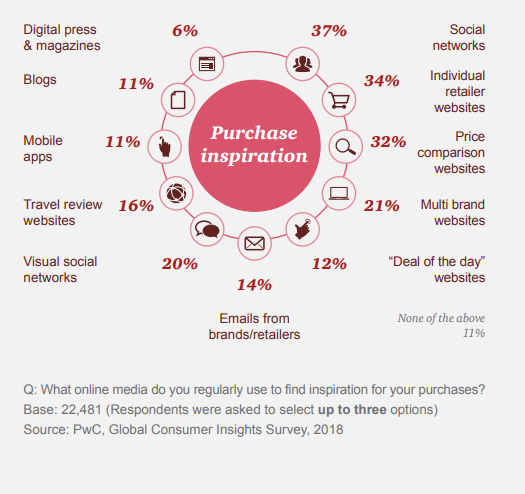
- Emarketer estimated that the ad spending on social video in the US increased by 38.1% during 2018, reaching $ 7.85 billion.
- Social media is the most relevant advertising channel for 50% of Gen Z and 42% of millennials.
- Non-customers are three times more likely than customers to visit retailers from social media ads.
- 50% of consumers said that seeing user-generated content would increase their chances of buying products through a brand’s social media. 49% said that easy payment systems (like Amazon Pay) would increase their chances of buying through social media.
- Posts with links to more information are the most preferred type of content on social media. 30% of consumers said that it’s the content they like to see most from brands on social. 18% preferred graphics and images, while 17% would like to see produced video. (Sprout Social)
Where is Social Media Headed?
As seen in the earlier stats, Facebook remains one of the most popular social media platforms, but Instagram is quickly catching up. (Social Media Marketing Industry Report)

93% of marketers surveyed said that their social media efforts have led to increased exposure for their brand, 87% stated it brought increased traffic, and 74% have generated leads.
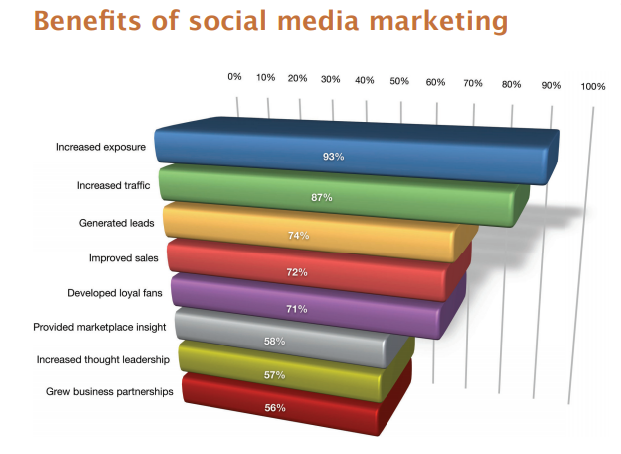
All of the benefits have improved since 2018:
- Increased exposure grew to 93% from 87%.
- Increased traffic improved to 87% from 78%.
- Generated leads increased to 74% from 64%.
- Improved sales rose to 72% from 53%.
- Developed loyal fans grew to 71% from 63%.
- Provided marketplace insight expanded to 58% from 54%.
- Increased thought leadership increased to 57% from 46%.
- Grew business partnerships improved to 56% from 49%.
Additionally, 59% of marketers plan to increase their use of Facebook Ads this year, while only 3% plan to decrease their use. Brands are also increasing their spend on Instagram Ads, with 55% of respondents planning to spend more.
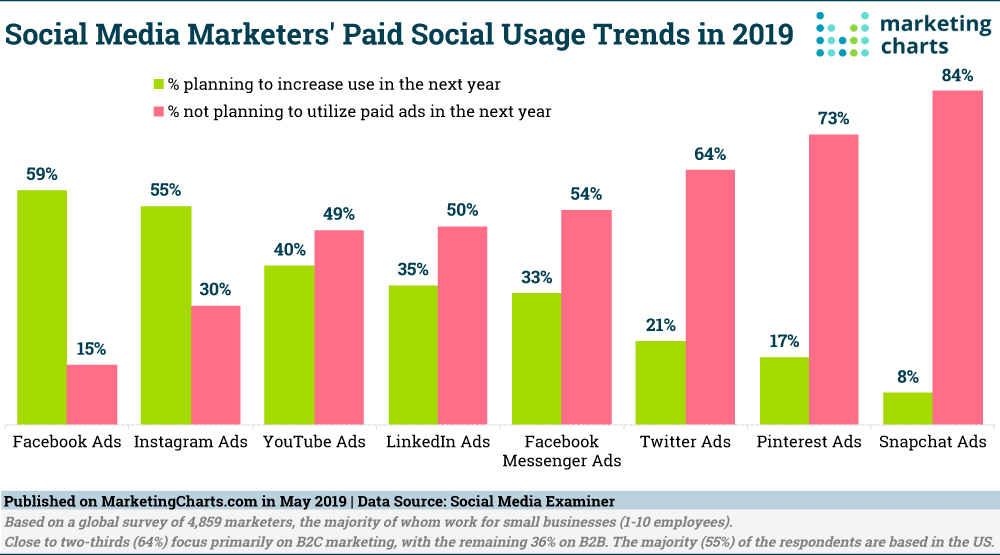
How do Marketers Prioritize Social Platforms?
According to a new report by Sprout Social, 7 in 10 social marketers say that increasing brand awareness is one of their top goals when it comes to social marketing. When deciding which platforms to invest in in order to achieve this goal, 54% of marketers are prioritizing potential audience reach. Additionally, 47% choose platforms based on cost of paid ads, 38% base their choice on the potential for driving traffic and 37% choose based on the potential for lead generation.
Potential audience reach takes into consideration factors such as demographics and popularity among age groups. Facebook, for example, is the primary platform where members of Generation X Like or follow brands (77%), but for members of Generation Z, Instagram is most popular (69%).
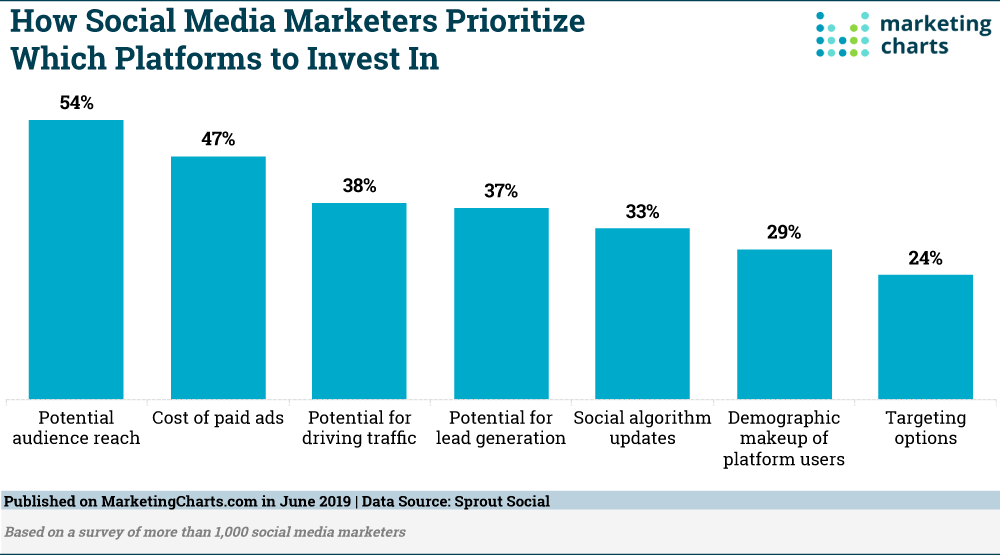
When asked how they define engagement when measuring social success, likes and comments, and shares and retweets were the most popular.
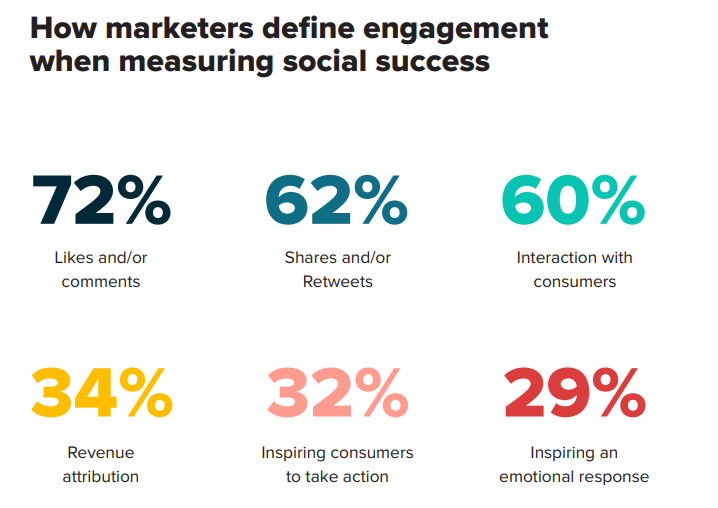
What Do Consumers Think of Brands on Social Media?
Social marketing must align with what consumers are looking for from brands and do so in a sense that encourages them to act. Consumers follow brands on social media to learn about new products or services (50%), to be entertained (48%), or to stay up to date on company news (40%).
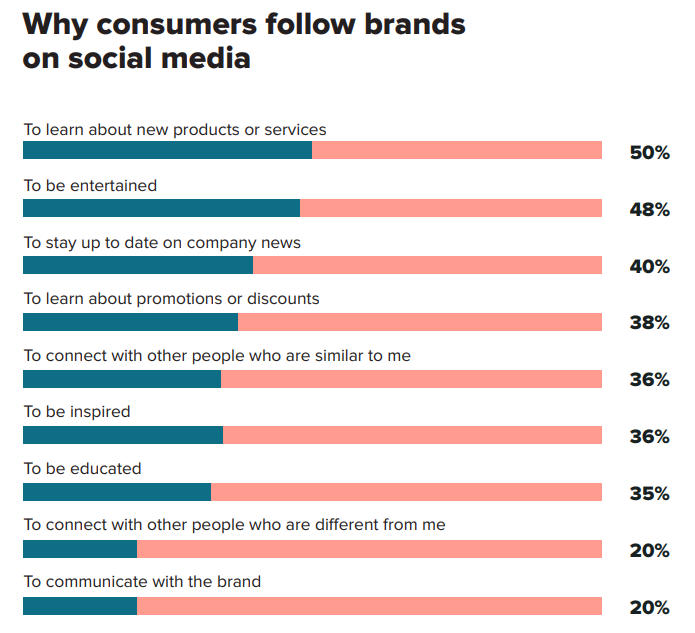
Likewise, consumers will also unfollow brands on social platforms. The top reasons include poor customer service (56%), irrelevant content (51%), and too many ads from the brand (43%).
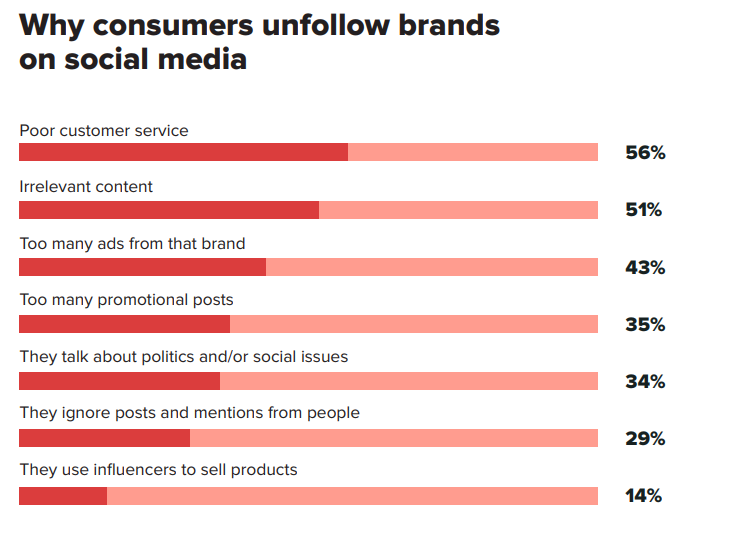
When it comes to posts that consumers will like or share, posts that entertain, inspire or teach are the most favored.
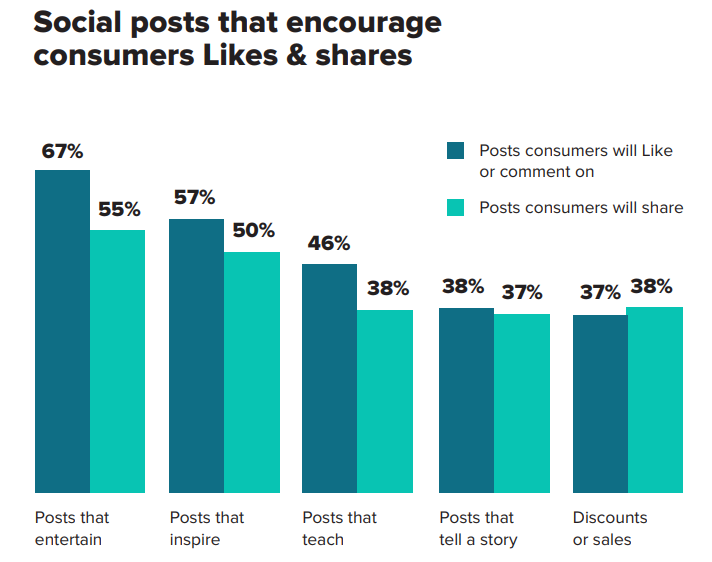
Targeting the Right Audiences on Social Platforms
Your audience is constantly changing and what they care about also changes. Do you have a clear picture of who they are, what they look like and what inspires them to act?
Building your audiences from your first-party CRM data is paramount to get a clear picture of who you should be targeting. By profiling your database, you can gain insights into demographics, age, location, lifestyles and behavioral attributes.
Audiences become truly powerful when third-party data is appended for deeper insights or third-party data is used to create additional, look-alike audiences.
Not everything you put out on social is going to work so remember to keep testing, listening to your audiences and continually measure results. Social marketing isn’t going away anytime soon so now is the time to optimize your strategies and start reaping the benefits.
Interested in learning more about additional marketing strategies and tactics? Check out one of our free solutions guides.
 Retail Purchase Intender Marketing White Paper
Retail Purchase Intender Marketing White Paper
Digital & Social Articles on Business 2 Community
(87)

